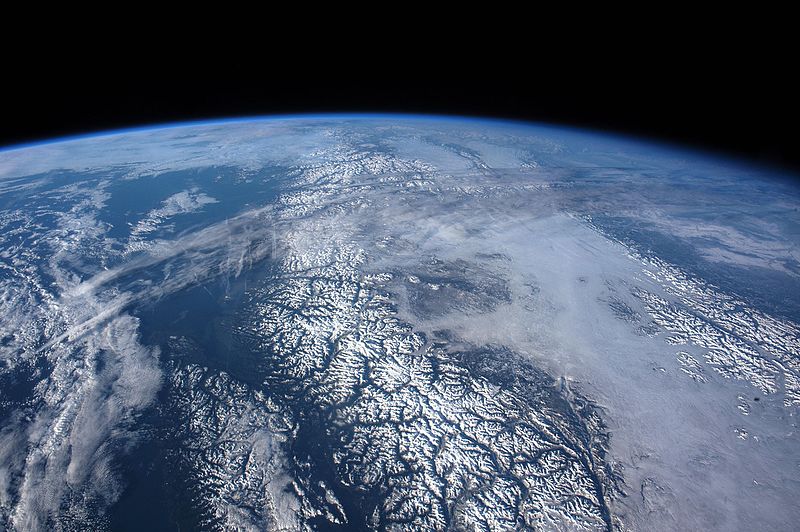Файл:ISS046-E-3699.JPG

Алдан карауның зурлыгы: 800 × 532 нокта. Башка ачыклык: 320 × 213 нокта | 640 × 426 нокта | 1024 × 682 нокта | 1280 × 852 нокта | 2560 × 1704 нокта | 4928 × 3280 нокта.
Төп файл (4928 × 3280 нокта, файл зурлыгы: 2,49 Мб, MIME төре: image/jpeg)
Файл тарихы
Файлның нинди булганлыгын күрү өчен «дата/вакыт» дигәненә басыгыз.
| Дата/вакыт | Кече рәсем | Үлчәмнәре | Кулланучы | Искәрмә | |
|---|---|---|---|---|---|
| агымдагы | 25 гый 2016, 09:33 |  | 4928 × 3280 (2,49 Мб) | Originalwana | {{Information |Description ={{en|1=While orbiting over the Gulf of Alaska and moving toward the west coast of the United States, an astronaut aboard the International Space Station shot this panorama looking north into the snow-covered landscape of... |
Файлны куллану
Әлеге файл киләсе битне куллана:
Файлның гомуми кулланышы
Әлеге файл аста бирелгән викиларда куллана:
- af.wikipedia.org проектында куллану
- av.wikipedia.org проектында куллану
- be-tarask.wikipedia.org проектында куллану
- bn.wikipedia.org проектында куллану
- crh.wikipedia.org проектында куллану
- cv.wikipedia.org проектында куллану
- en.wikipedia.org проектында куллану
- hu.wikipedia.org проектында куллану
- id.wikipedia.org проектында куллану
- is.wikipedia.org проектында куллану
- ka.wikipedia.org проектында куллану
- ko.wikipedia.org проектында куллану
- lbe.wikipedia.org проектында куллану
- www.mediawiki.org проектында куллану
- mk.wikipedia.org проектында куллану
- os.wikipedia.org проектында куллану
- pt.wikipedia.org проектында куллану
- ru.wikipedia.org проектында куллану
- ru.wikinews.org проектында куллану
- sah.wikipedia.org проектында куллану
- sq.wikipedia.org проектында куллану
- uk.wikipedia.org проектында куллану
- zh.wikipedia.org проектында куллану


